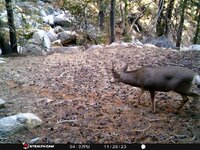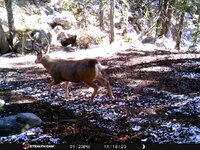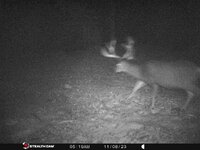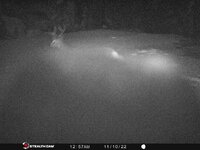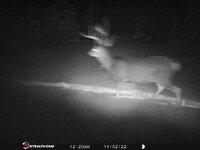WSMHNTR
FNG
- Joined
- Oct 5, 2022
- Messages
- 60
In my search to figure out the secrets of these grey ghosts Iv found myself looking for migration data and maps to influence hunt planning. I've had very good luck on average bucks with how I've hunted in the past but don't want to get stuck in the rut of doing things the same just because that's how we've always hunted. One interesting piece that is a little puzzling is that all the migration data I have looked over is tracking does. This obviously makes sense on why they only track does from a population perspective but is this data at all useful for hunting purposes?
Lets take a mid to late October season for example. Migration data shows for a particular migration corridor that the average start date is early October with an average end date (when they reach wintering grounds) of the end of the month. I've always noticed doe groups and smaller bucks at lower elevations moving out of typical summer ranges but how relevant is this data to 3+ year old bucks that are more solitary until the rut hits?
My guess would be they are using the same migration corridors just lagging behind 1-2 weeks from the doe groups and staying higher up unless snow or pressure force them into lower more timbered country.
All this to say do you use this data and if so how has it influenced your hunt planning?
Lets take a mid to late October season for example. Migration data shows for a particular migration corridor that the average start date is early October with an average end date (when they reach wintering grounds) of the end of the month. I've always noticed doe groups and smaller bucks at lower elevations moving out of typical summer ranges but how relevant is this data to 3+ year old bucks that are more solitary until the rut hits?
My guess would be they are using the same migration corridors just lagging behind 1-2 weeks from the doe groups and staying higher up unless snow or pressure force them into lower more timbered country.
All this to say do you use this data and if so how has it influenced your hunt planning?

